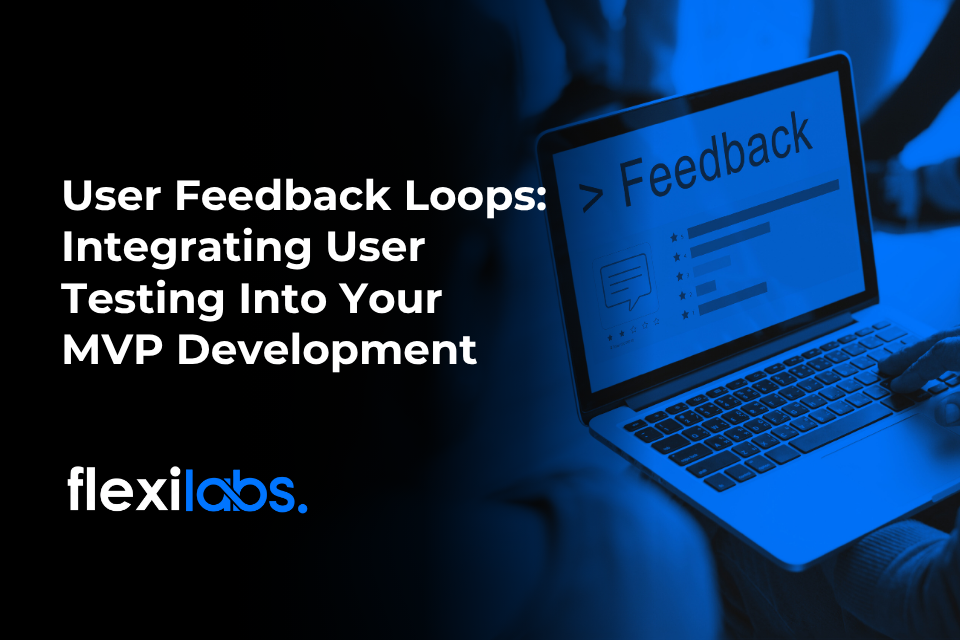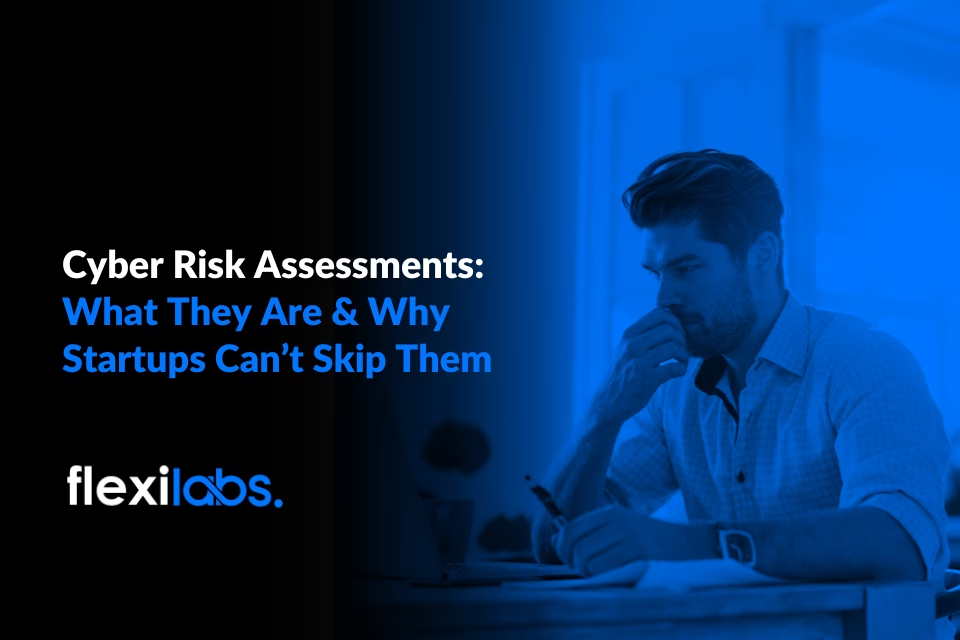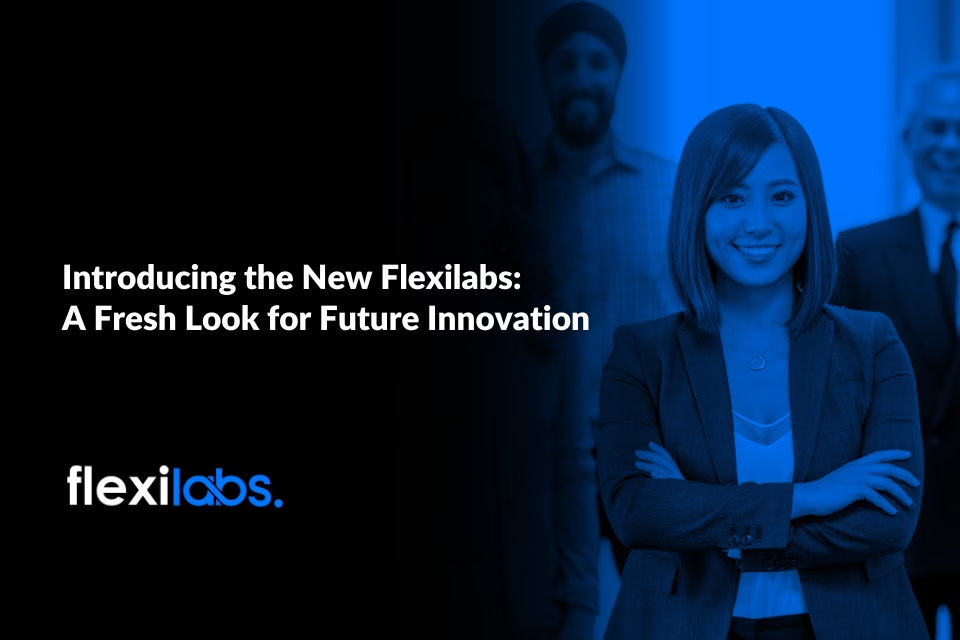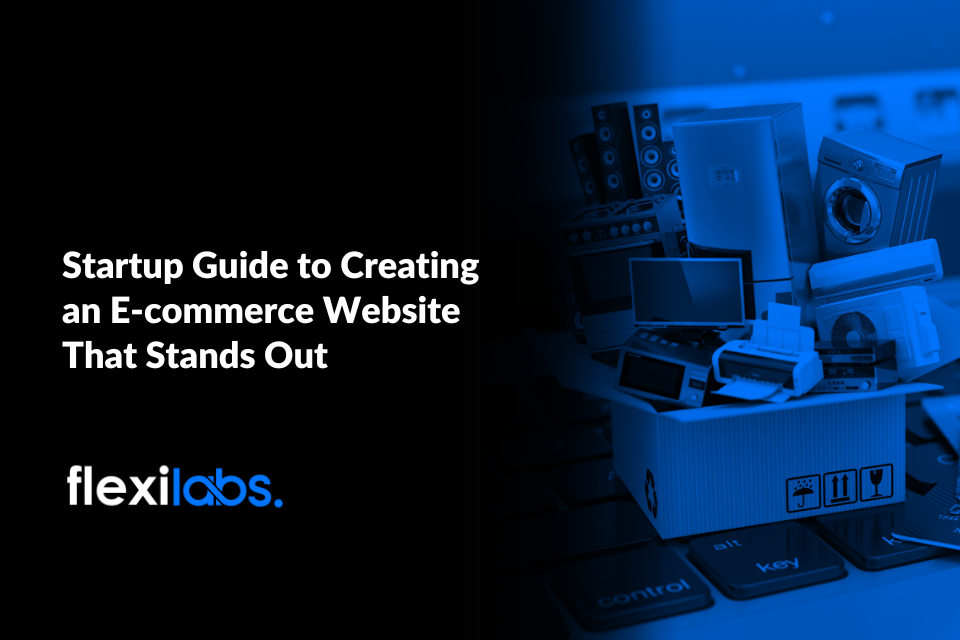Implementing user feedback in MVP development helps speed up the growth and success of anyone’s business. By analysing the different negative and positive feedback that you receive from your customers and enhancing MVP web development, you’ll find yourself at the front of your product’s highest quality.
From early-stage product testing to its final stages, feedback loops ensure that your product or service will be at its topmost condition on its official release. However, it could be confusing for many, starting with the whole development. As a startup brand owner, some jargon may be a bit confusing for others, and the entire process of using feedback loops might boggle your mind.
Not to worry, we have all the information you need to understand the different parts of integrating feedback loops on your MVP development. Included are the steps in building an effective method to implement as well.
What is the Minimum Viable Product (MVP)?
Before we focus on user feedback in MVP development, we should first learn a few words and understand their meaning. The first one would be MVP, also known as a minimum viable product.
What is MVP? And what does it do for development feedback?
Minimum Viable Product is when a certain prototype has enough features to attract customers and validate the goals of its creators in its early stages. An example of MVP at work is in industries that deal with software wherein teams receive feedback from early adopters to improve the product faster.
There are many reasons why companies decide to develop and release an MVP. Some prefer to release the product to analyse the reaction of their target market. Meanwhile, others wish to test the product on real users before committing to its full development.
The benefits of testing MVP development are reducing the costs of building unnecessary parts of a product and improving the agile method once the final product is released.
What is User Feedback?
The following term we need to discuss is user feedback. Many examples of user feedback in MVP development involve receiving customer reviews and collecting information on what the majority of your target market likes and dislikes about the prototype. But what is user feedback in general?
User feedback is the compilation of all the reviews of your customers from a specific product or service. This includes their impressions, their requests, the positive, and the negative feedback. It’s an important part of MVP development and continues to remain crucial for the growth of a business moving forward.
Don’t underestimate the impact of user feedback on consumers. Should a potential customer find negative reviews on your product or service, it makes them less likely to inquire further. Meanwhile, a positive review generates more income. That’s why further improvement must be made based on the requests of the customer’s interest.
There are many ways to receive user feedback. Many companies prefer app messaging, surveys, and even emails as an example.
What is a Feedback Loop?
The last thing we need to discuss is the feedback loop and its involvement in MVP. Feedback loops for product development provide an organised system to disassemble unneeded or assemble needed changes.
There are over four stages in a single feedback loop. The first stage is input, where the team introduces the product to early adopters. The second stage is collecting the impressions of users, employees, product quality, and other data. Following that is the third stage where the feedback is analysed and considered. Its final stage is the fourth stage, where the analysis and the decisions made are implemented.
Feedback loops in general are used in a wide area of businesses, topics, and even scientific research. For business owners and consumers, it can easily be found in economical research and methods, customer experience, employee project management, and overall marketing of a brand.
There are two types of feedback loops which businesses benefit from:
Negative Feedback Loops
The first important feedback for MVP is negative feedback loops. For businesses, user feedback in MVP development is crucial, even if it is a negative version. Hearing about the complaints and concerns of users regarding your first release can help you change and accommodate their interests better.
It’s a lot easier to know what not to do than what you have done right so far. Not only does it give you an idea of where to improve based on their experiences and your employees’ experience, but it also helps you quicken the pace of improvement.
Positive Feedback Loops
The second type of feedback loop is the positive feedback loop. As an MVP validation example, you can look into how consumers review and praise a specific function in a product.
That function can encourage investors to continue financing. Not only that, the function that receives positive feedback can be used to enhance said function for more convenient use.
5 Steps in Building Effective User Feedback Loops in MVP Development
Now we know all the different jargon to user feedback in MVP development it’s time to know how to implement it to your brand. Keep in mind that these steps are crucial to enhancing the effectiveness of your production speed and your overall brand performance.
Key Metrics and KPIs
Once you have proof of concept, your MVP can begin its growth. You can track this by using the key performance indicators (KPIs) and key metrics. Depending on what your product or service is, your KPIs and key metrics are designated and set beforehand to check whether or not it’s performing as expected.
User feedback, which advises you on the positive and negative reviews of your consumers, can help you make the necessary changes you need. To check whether these changes have proven to be beneficial or not, you look into the KPIs and key metrics you have placed beforehand.
Analyse and Prioritise User Feedback
Anyone that understands user feedback in MVP development would know the importance of collecting said feedback in an organised way. There are many mediums to utilise when collecting data for user feedback.
Users testing for MVP dev projects can respond through emails, surveys, comments, likes, dislikes, and customer service representatives. Lately, the most used form is through in-app services.
Once you have collected the data, it’s time to analyse and separate them through different categories. What did the majority like? What did they hate? Which parts did they think could use more improvement?
These analysed data can give you educated decisions that could either make or break the future of your business.
Implement Changes
Implement the decisions you and your team have made based on the analysis of your data. When using user feedback in MVP development, the majority of your customers and target market will tell you what they want.
These changes may be feasible or straight-up impossible with your current budget. Prioritise which changes can be done and set a deadline for the new upgrades to speed up the growth of your business.
Keep in mind that testing the validity or functionality of the changes you made is also necessary to maintain a stable customer experience.
Measure and Review
Once we have finished up on these changes and released the upgraded version to the public, it’s time to check in on your key metrics and KPIs again. Monitor the growth and track which areas need further improvement as your product and service become available.
Customer service is crucial at this point. While measuring your progress, keep in mind the different errors and blockages you encountered while producing your product or brand. That way, you can optimise for faster use of your user feedback in MVP development.
Consider Using Feedback Tools
An option to integrate the testing part of your MVP is using feedback tools. One of which is a feedback assistant. What is a feedback assistant? It’s a type of software that you can utilise while collecting data.
The feedback assistant allows users the option to report bugs in the program, product, or service with a click of a button. That makes it easier to receive analysis on any errors your users can see from their end and helps you maintain perfect performance.
At the same time, it gives you a great insight into why some negative feedback exists during the process.
Conclusion
That concludes all you need to know about integrating user feedback in MVP development. Hopefully, the steps and definitions we provided you will enable you to make educated decisions for your startup’s future.
Keep in mind that the final product of your MVP and its message should align with your goals, values, and objectives. If you have trouble developing your MVP, it’s understandable. Feel free to Contact Flexilabs and we’ll guide you!










